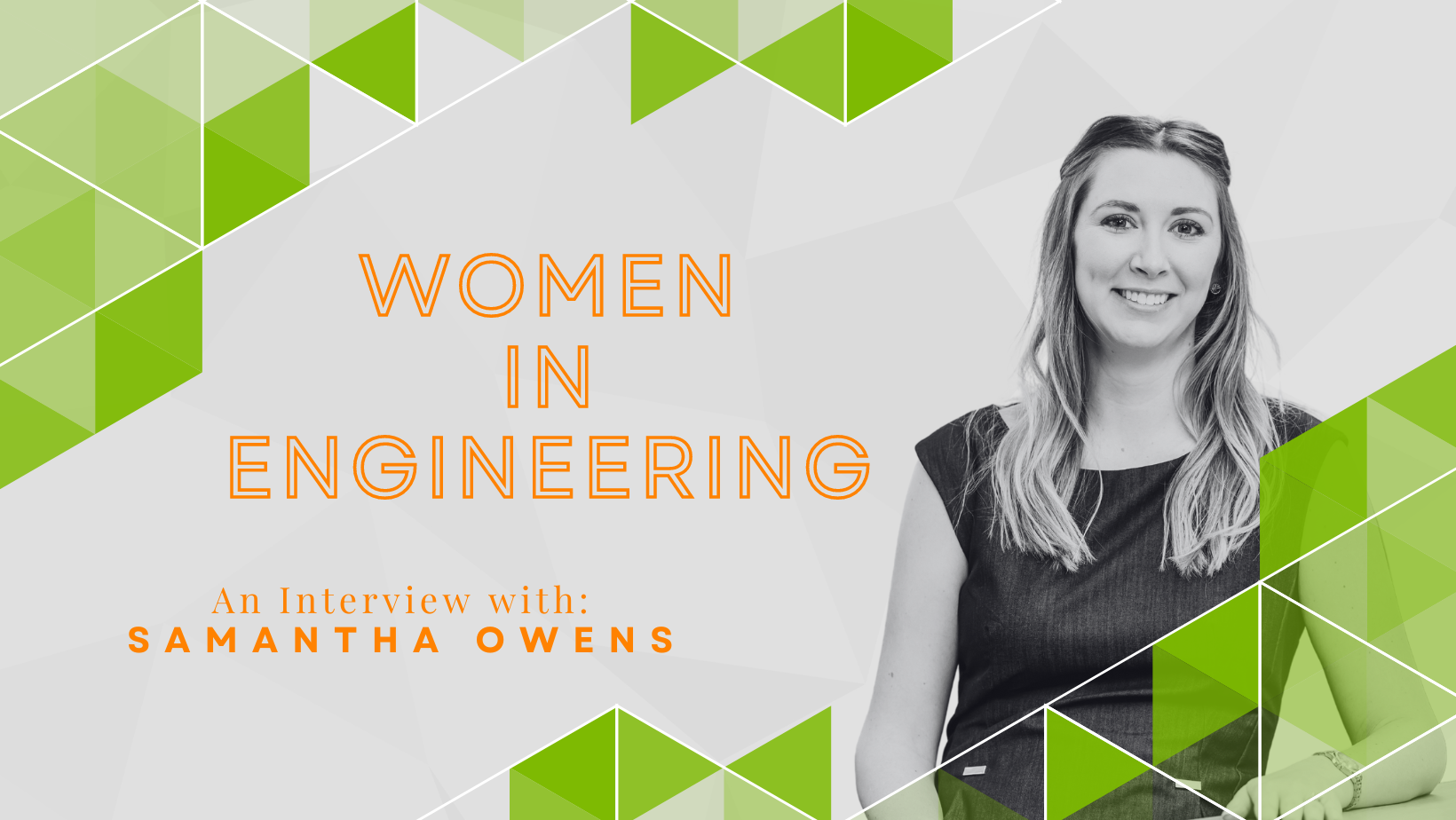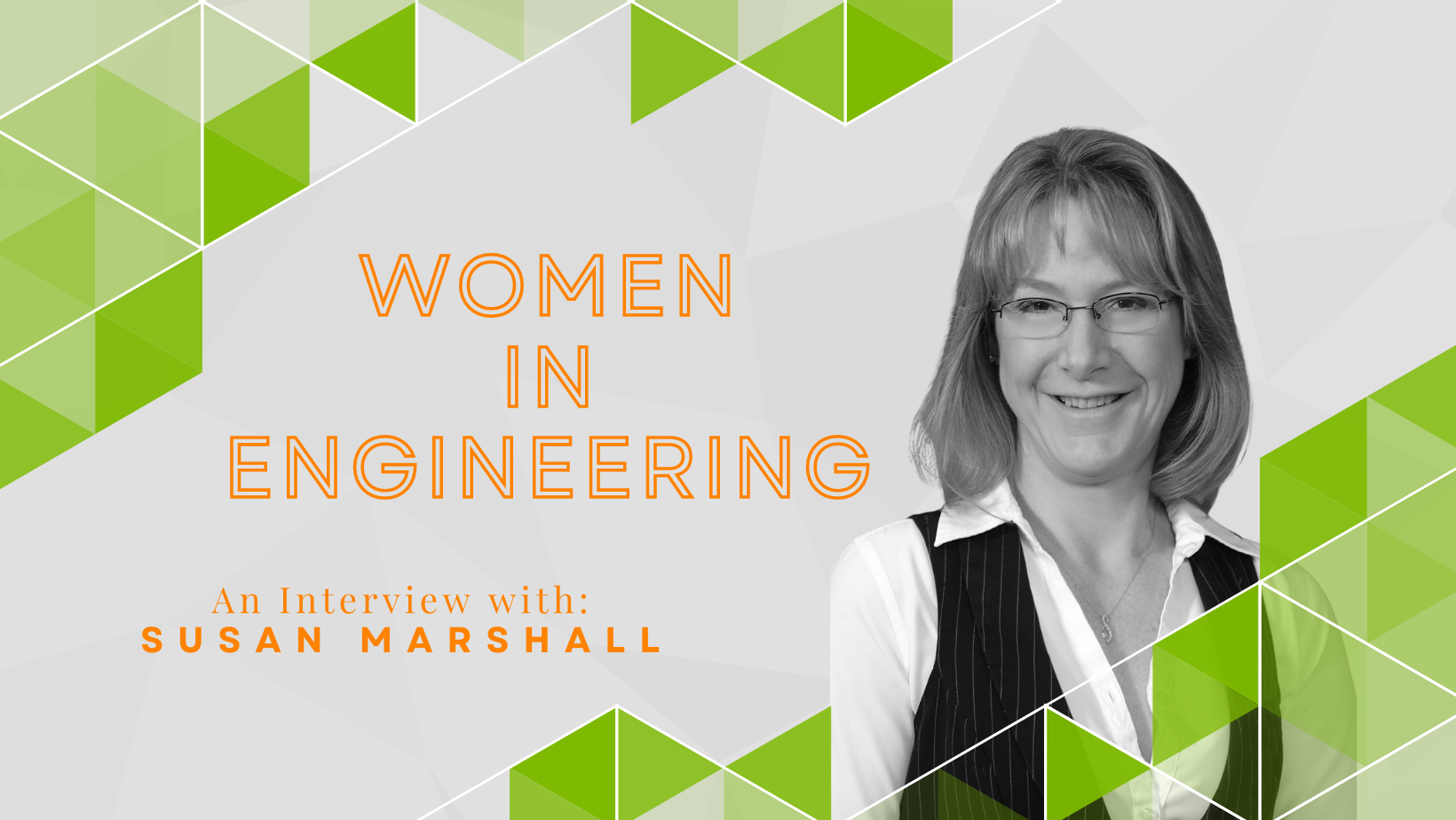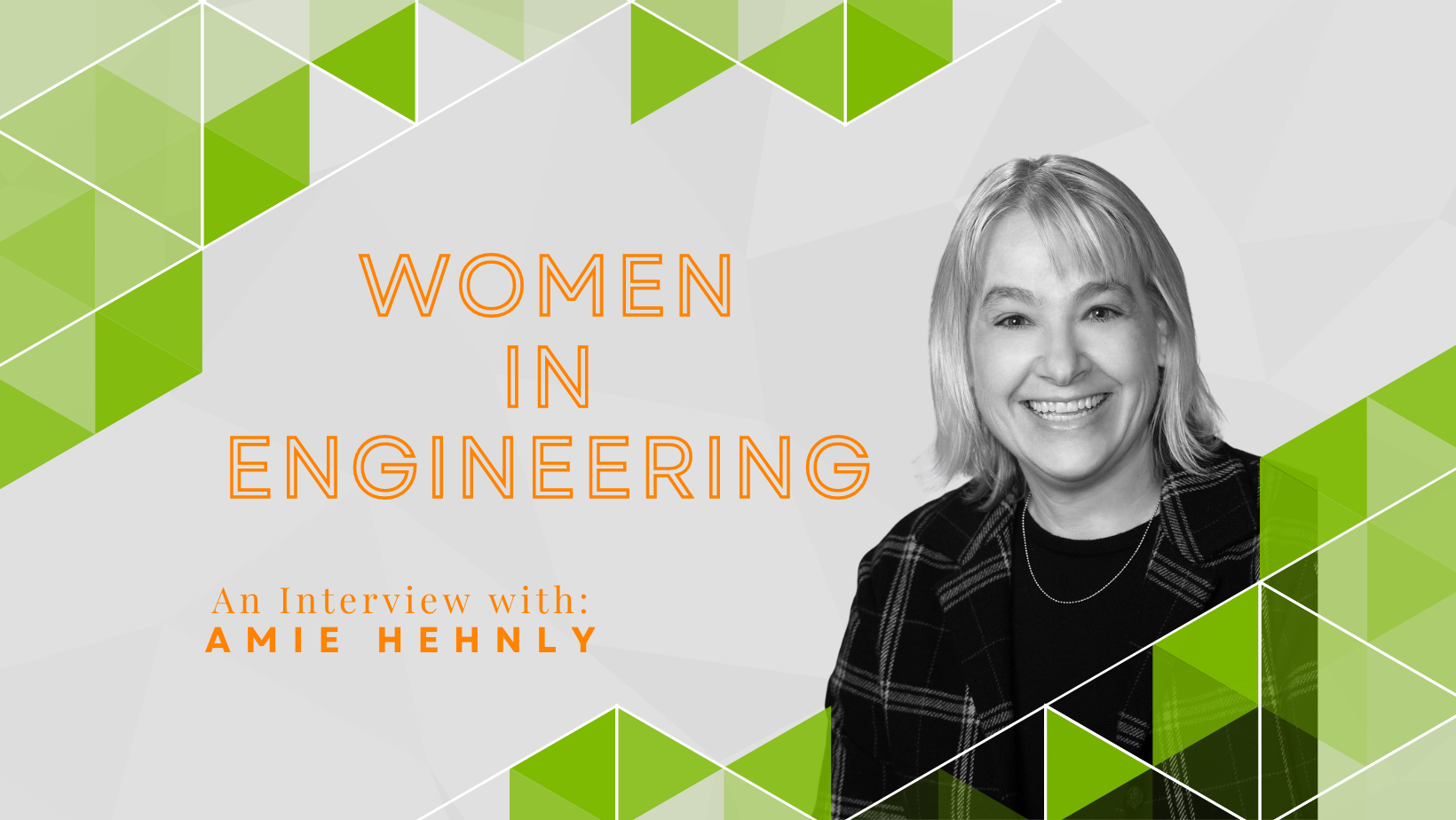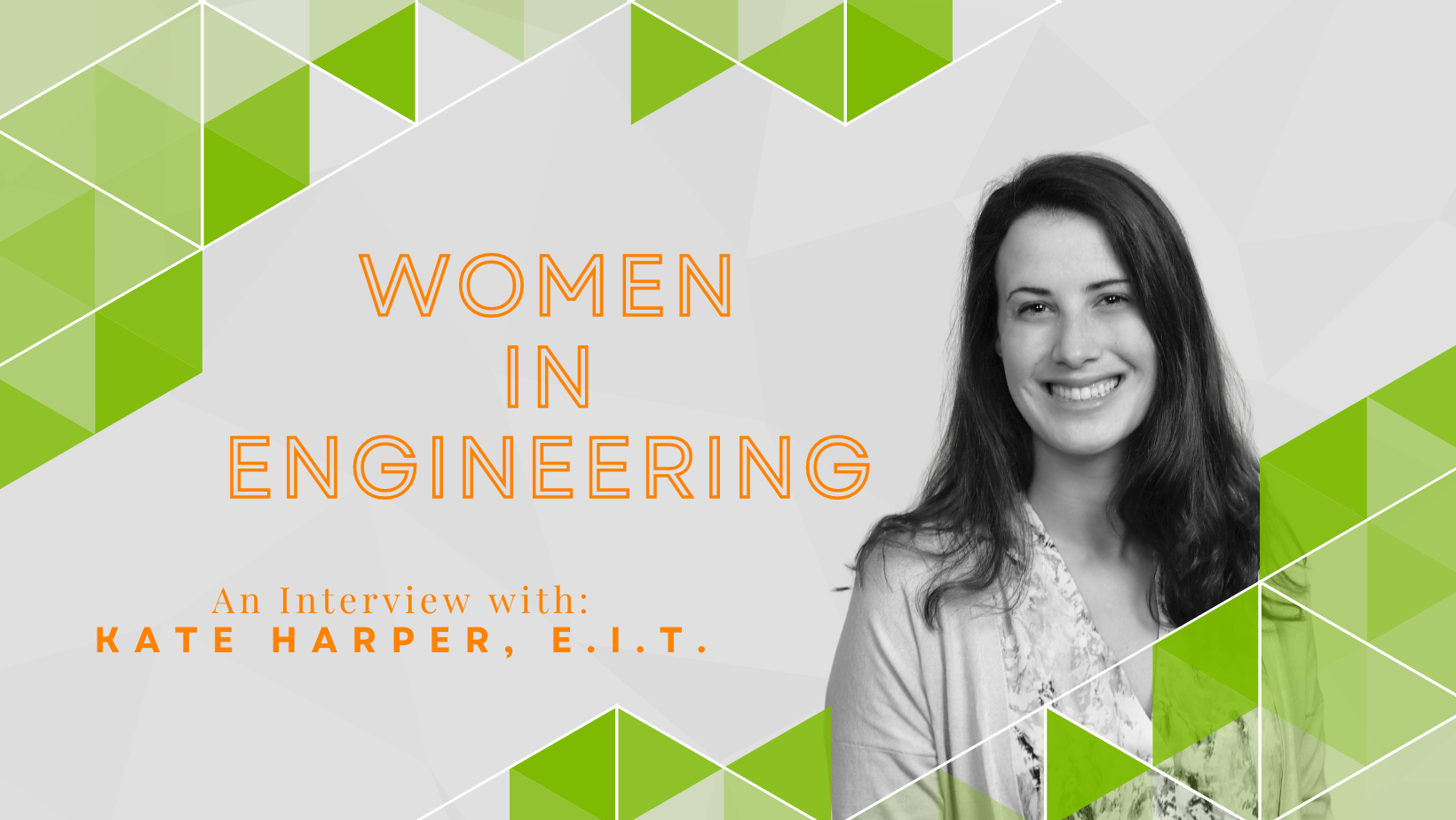Engineering is for everyone. RPA Engineering is proud to empower Women in Engineering and hopes to inspire future generations of women in STEM. Through this series, we celebrate engineering professionals in a collection of interviews with engineers, designers, and project managers.
This month we interviewed Samantha Owens, MBA, a Vice President, here at RPA Engineering in our Pittsburgh, PA office.
What is your job title and area of research/work?
Industrial Engineer. My background is in the metals manufacturing industry, but throughout my time at RPA I’ve been gaining experience in commercial & manufacturing facilities projects for multiple industries including energy, pharmaceutical, and medical devices.
What is your role at RPA?
Senior Project Manager. I work with our clients to understand their needs and scope of work, put together proposals and project teams, and execute projects by managing the resources, budget, and schedule. I also lend my experience with manufacturing processes to help our clients navigate their capital/process equipment, flow path and specialty manufacturing projects.
How or why did you choose engineering as a career path/area of study?
Throughout school, I always enjoyed math and science courses, especially chemistry and physics. When I started to research careers that utilized those skills, I found engineering and the multitude of different disciplines within it. During college, I explored each of those and naturally settled into Industrial Engineering. It blended the engineering world with business, and focused on problem solving, efficiency and organization, which are two of my strongest skills. At the time I selected my career path, it was at the height of the Great Recession, and I wanted a career that could give me broad opportunities and job security. In engineering there are always plenty of problems to solve!
What inspires you about Engineering?
The breadth of areas and projects we can work on. I like to gain experience in projects across multiple different industries and functions of business, learning something new is always exciting and helps me think of different out-of-the-box solutions that can be applied to problems where they may not have been considered before.
What challenges do women face in the Engineering professions or academia?
Every day these challenges are minimizing, as more women enter the profession, but it can still be tough to be the only woman in the room and be strong enough to have your voice be heard. Finding mentors and allies that support you in your career is a key component to breaking the glass ceiling. I have had great experiences working in male-dominated industries but have seen where mentors and other women supporting each other can make a difference.
What is the most exciting thing about your job?
Presenting a design package to the client, it’s awesome to finally show them what we’ve been working on, asking them so many questions about and compiling all the information they’ve provided. Another exciting part of my job is reviewing drawings and deliverables to make sure we’re meeting and incorporating all the client’s needs. It’s a great feeling to be able to send off a completed, quality deliverable to the client. I also learn so much about different processes and equipment, and what our engineering and design teams do by going through those drawings. It helps me become a better project manager!
What does a typical day in your job involve?
Attending internal meetings to review project scope and any questions from the design team, attending external meetings to discuss ongoing or new projects with clients, reviewing designs, writing proposals, and sometimes going to site visits to gather information or check on construction progress. Each day is unique, depending on what client needs pop up during the day, since each project is in a different phase of completion. Being adaptable to working those urgent needs into the schedule can be challenging, but it is a key component of our business and customer satisfaction.
What are your hopes for the future of Engineering?
I hope that engineering and design continues to be a thriving industry. As the environment and economy change, putting additional pressure on companies to meet increasing quality goals and reducing costs, I hope that engineering and design becomes a critical aspect in strategic planning and early project programming. A lot of engineering solutions to increase quality, save time, and reduce cost can be implemented if they are brought up in the early planning stages of a project, rather than later when it may be too late to change direction.
What would you say to young women in school/college who may be considering Engineering as a career choice?
Go for it! It’s a wonderful career path and gives you the skillset to adapt to multiple industries, including other careers if traditional engineering doesn’t end up being a passion of yours. The critical thinking and problem-solving skills you learn as an engineer can be applied to almost any other industry.
What is your favorite kind of engineering problem to solve?
My favorite projects are the kind that impact material and people flow. Trying to think through the most efficient methods in manufacturing that enhance the flow of materials and information (and subsequently the worker’s flow) is an exciting challenge. Working within the project and space constraints is extremely important, and helping clients find the best solution for their people is exciting. Anything we can do from an engineering standpoint that improves the work life and experience for humans is my favorite problem to solve.



